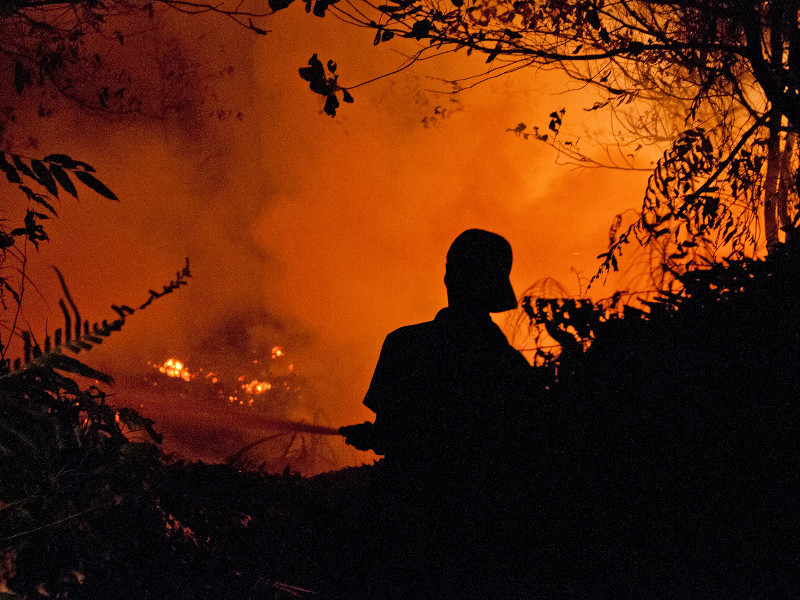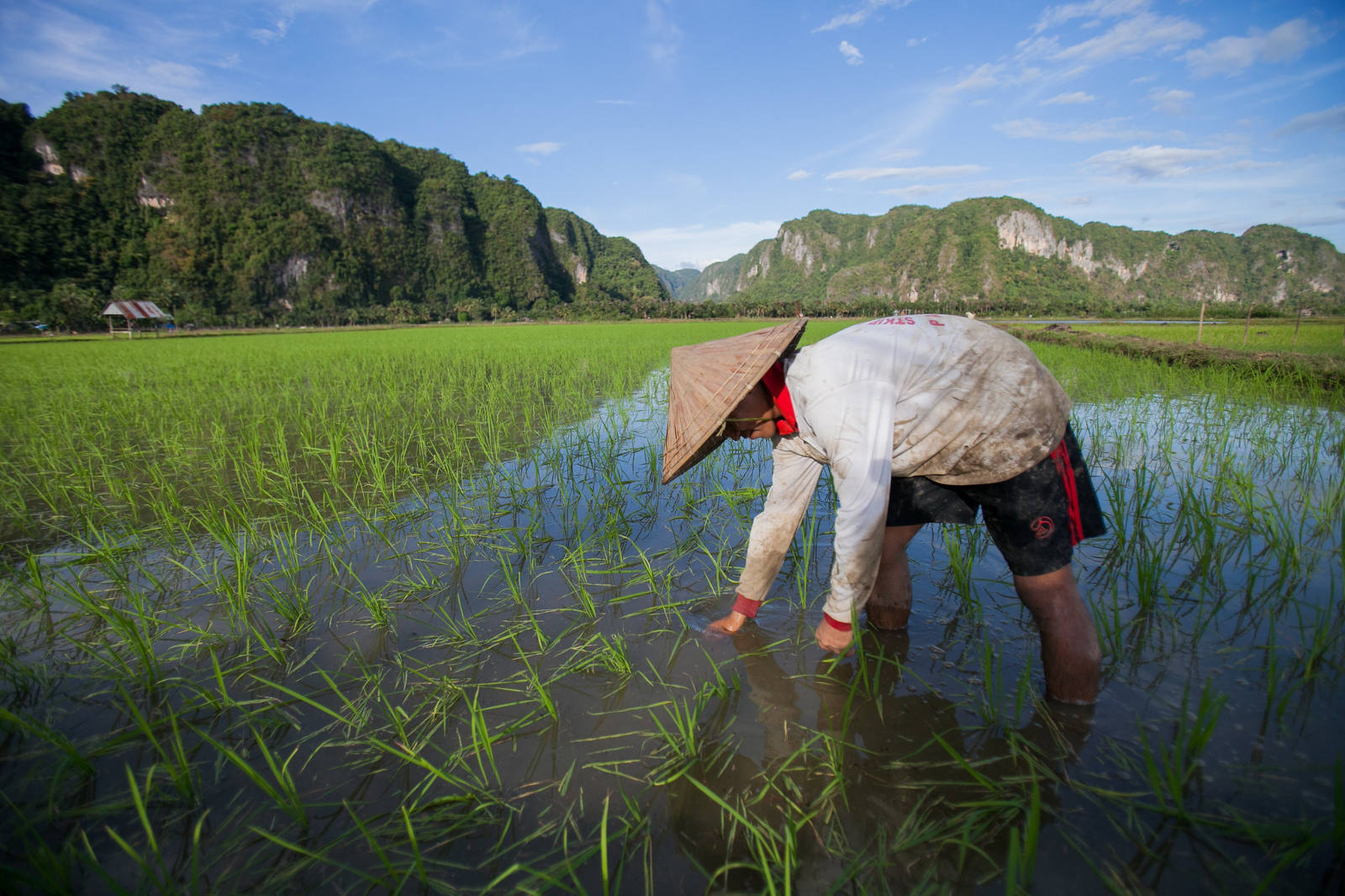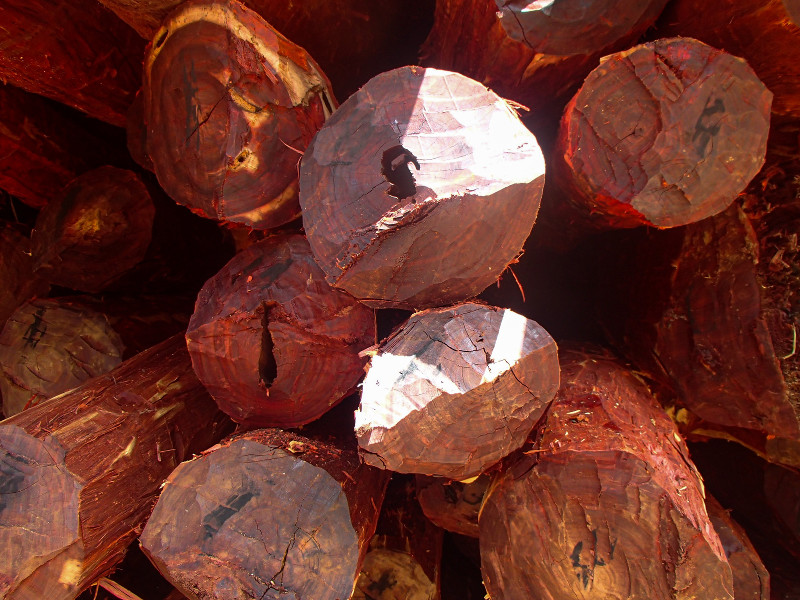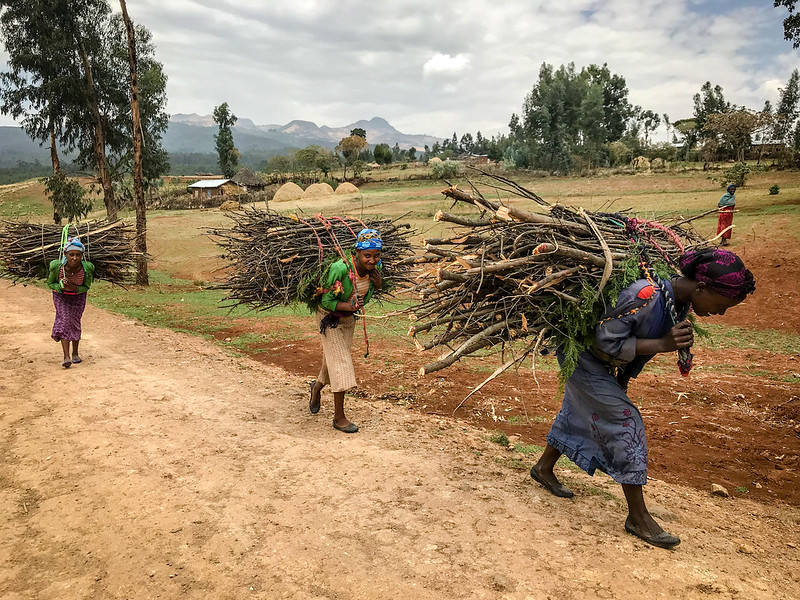Sustainable water management is paramount to effective and efficient irrigation water management. Over decades, excessive irrigation water application has caused erosion, poor crop quality, water logging, salinity, and wastage of scarce water resources. Variable rate irrigation (VRI) is a recent technique that aids the application of irrigation water according to crop needs and soil physical and chemical properties. A challenge in applying VRI is the determination of appropriate water management zones (MZs). Two software and associated clustering techniques stand out as the best in determining the optimal number of MZs: management zone analyst (MZA), based on a fuzzy c-means algorithm, and regionalization with constrained clustering and partitioning (REDCAP), based on combinatorial graph theory. This study assesses the two techniques for VRI application on a 44 ha field in southern Alberta, Canada, using electrical conductivity (EC) and land elevation. Wedges of 8° and 24° generated the same number of optimal MZ classifications, although the heterogeneities in the 8° wedges were greater than those for the 24° wedges, although it seems that using 24° wedges may mask soil properties, such as the apparent soil EC or elevation, that are critical to crop productivity and efficient water application; however, in terms of costs, in this field, 24° wedges with MZA software appear to be the optimal solution. This study highlights the effectiveness of the two techniques and shows how they can be used to create or classify MZs for VRI. © 2015 American Society of Civil Engineers.
DOI:
https://doi.org/10.1061/(ASCE)IR.1943-4774.0000936
Altmetric score:
Dimensions Citation Count:
IR.1943-4774.0000936&apiKey=3948bb216041dbffcb29a618defafc29&httpAccept=image%2Fjpeg)























